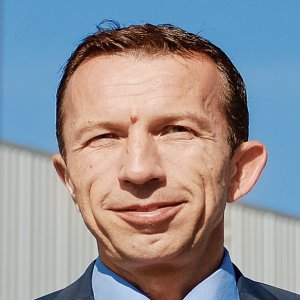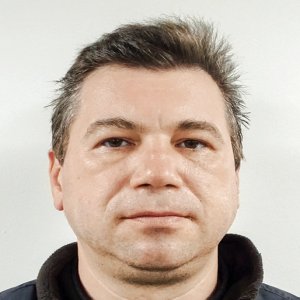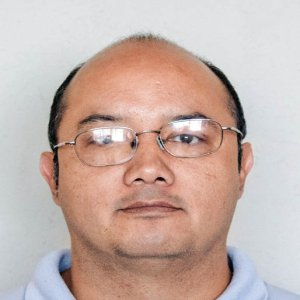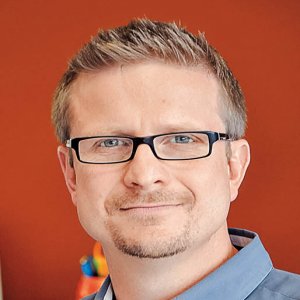On Target to Be Top in Product Flexibility

Q: What new business opportunities has Blackhawk engaged in recently that have most impacted the company’s results?
A: Mexico is undoubtedly enjoying an extremely fruitful period, which is an inviting scenario for foreign companies wanting to take part in its success. But in terms of foundry operations, both the government and ProMéxico estimate that a total of MX$10 billion (US$550 million) in components is still imported on a yearly basis, which equates to 250 percent of the MX$4 billion (US$220 million) that is produced domestically. Risk minimization tops the list of concerns for foreign investors, which hinders investment.
Many have sidestepped this issue by collaborating with a Mexican company, which is precisely what led to Blackhawk’s most recent investment. We began negotiations in 2015 and have now consolidated our relationship with Metal Technologies Inc. (MTI), resulting in considerable growth for our operations. Blackhawk sold 49 percent of its shares to MTI and we jointly decided to build a new plant next to our existing operations, which will be managed by Blackhawk. Our strong presence in the Mexican market, advanced procedures and technology, a broad product portfolio and a healthy client network are the main factors that attracted MTI to form a joint venture with us. This added to Blackhawk’s optimism regarding upcoming opportunities and growth.
Q: How will this partnership change Blackhawk’s production program?
A: We can produce up to 2,500 tons on a monthly basis but our new plant will increase this number to an average of 8,000 tons. Our operations will double in size counting this second plant in our Monterrey complex, creating an estimated 400 direct employment opportunities. Construction started in April 2016 and operations will begin in October 2017. We expect to receive all the necessary equipment in the first half of 2017 and thereafter we will enter a component approval stage, which is particularly intricate within the automotive industry.
While Blackhawk had a larger market share in the heavyduty vehicle segment, our new partner holds a stronger position in the light vehicle market. Therefore our client portfolio will be complemented without having to change our processes drastically. Once our second facility is operational, Blackhawk will be the most flexible foundry in the country with a product range from 0.5kg to 400kg components. While the size of the machines and the speed at which they operate may change, the raw materials that Blackhawk uses and the foundry stages will stay the same.
Q: In terms of production, how has Blackhawk evolved to further guarantee the high quality of its components?
A: Blackhawk has grown extensively in its development operations. We have invested heavily in simulation software and scanning equipment, which has made our operations much faster and more efficient. Every piece that we develop is 3-D designed with solidification and cooling simulations taking place before the actual elaboration of the component.
We also had to open a sand laboratory for the new plant, since this project will use different sand requirements. This demands a larger investment and longer time frames in the design stages but results in significant time reductions during development and manufacturing.
We are also reinforcing Blackhawk’s engineering center with a large number of young professionals. We created five new positions in the electronics, metallurgy and the mechanical divisions that will help us coach new engineers. The industry’s demand for talent is immense and we must work to train and retain the best people in the market if we want to be successful. Fortunately, the Autonomous University of Nuevo Leon (UANL) offers relevant specialization areas in its academic program. The Technological Institute of Saltillo and the IPN also have produced graduates that we hired as trainees. Metallurgic areas are essential for the economic wellbeing of our region, so we must work on instilling these types of skills.





















